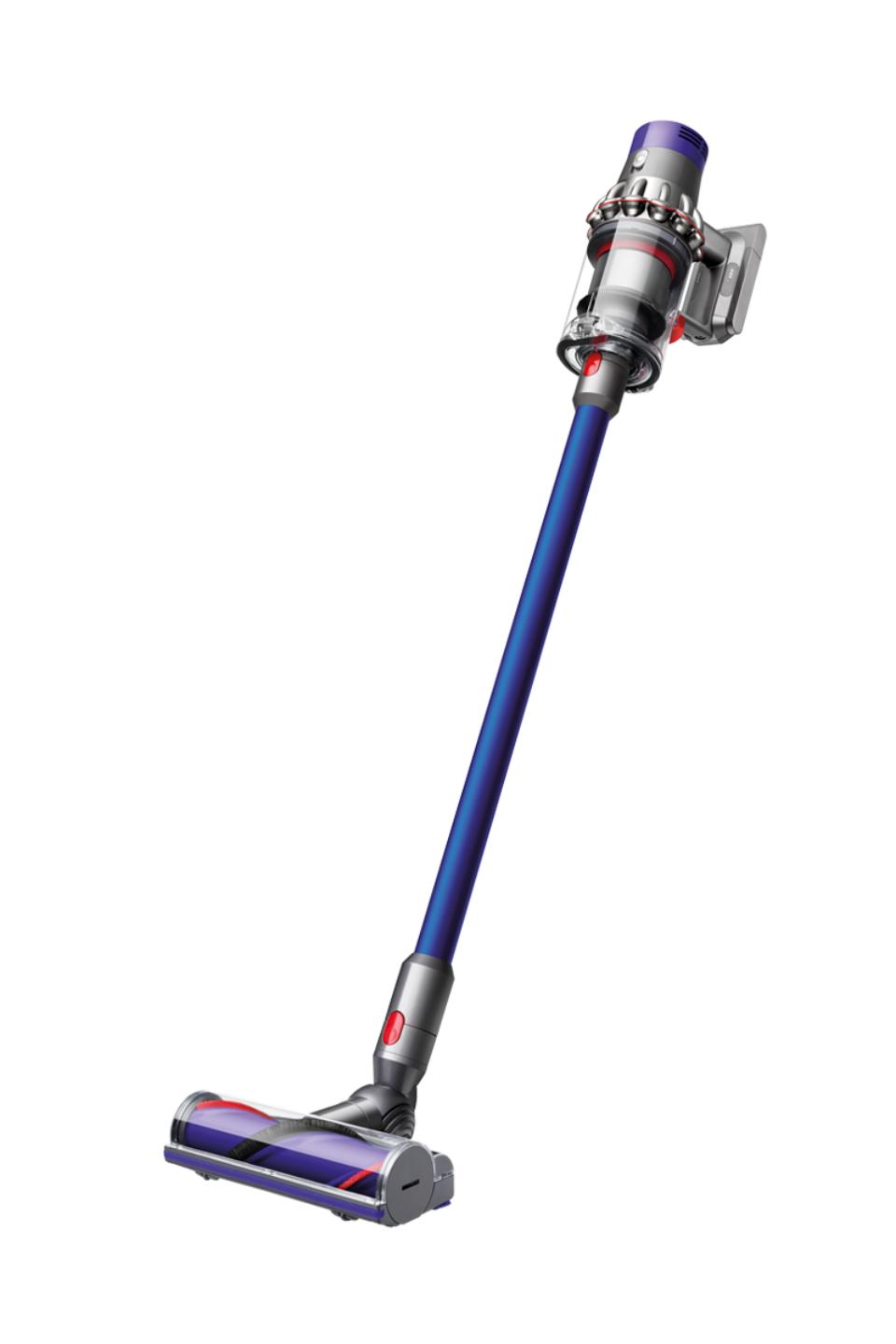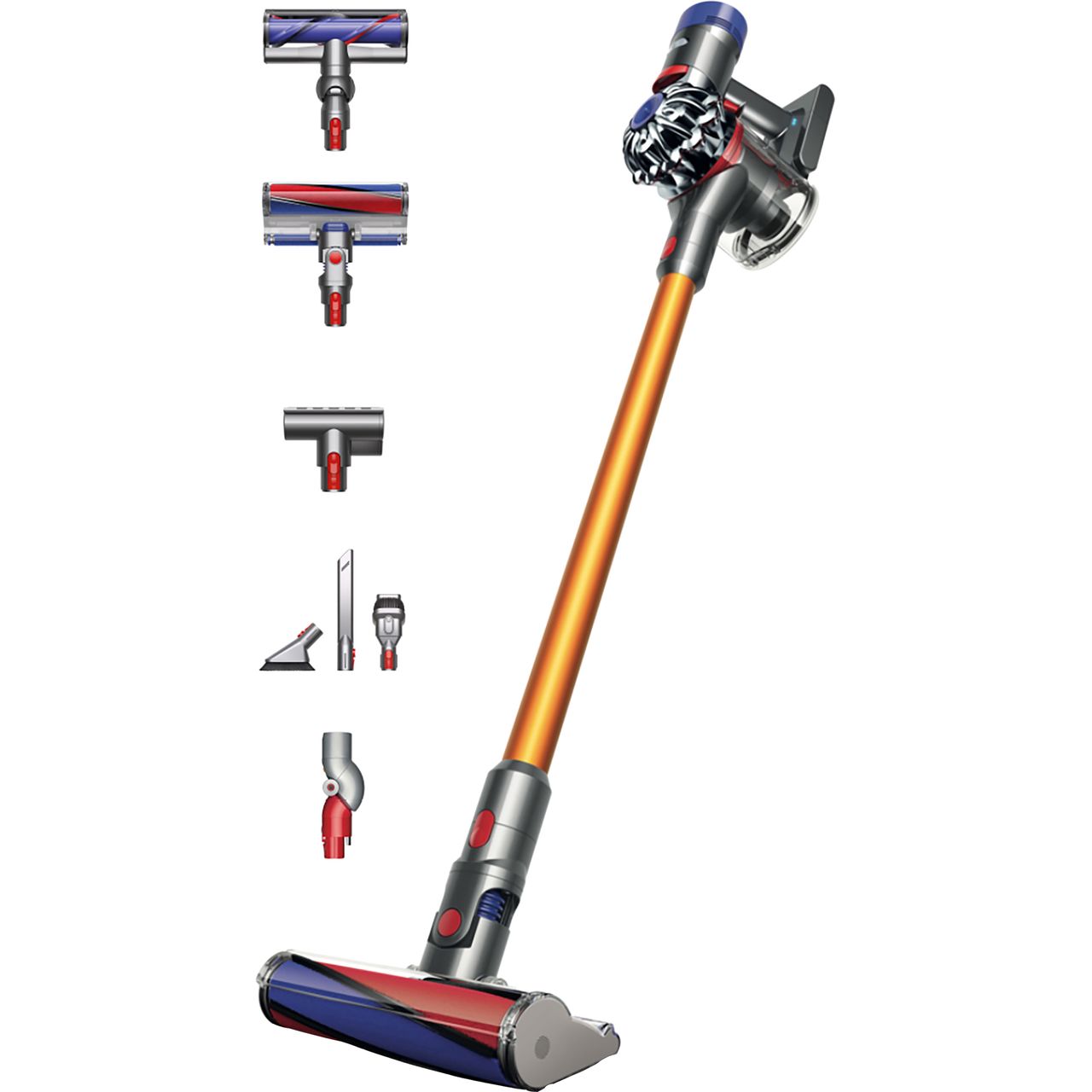Hoover WindTunnel XL Pet Bagless Upright Vacuum, UH71107
Creates channels of suction to lift and remove surface debris and deep down embedded dirt. Hold more dirt and debris so you can spend more time cleaning and less time emptying.
Go above and beyond whole-house cleaning with the Hoover® WindTunnel XL Pet Vacuum. The high capacity, bottom-release dirt cup means less time emptying and more time enjoying a clean home.
About the Hoover Brand
Simple. Clean. Living.
For more than 100 years, HOOVER® has been committed to improving the well-being of people’s homes. The first ever Hoover innovation was an electric suction sweeper that used a pillow case to capture dust and allergens. And to this day, Hoover continues to develop simple-to-use products that enhance the cleanliness, the comfort and the health of people’s homes. Because when your home is at its best, so are you.
- WindTunnel® Technology: Creates channels of suction to lift and remove surface debris and deep down embedded dirt.
- 1.5L XL Capacity Dirt Cup: Hold more dirt and debris so you can spend more time cleaning and less time emptying.
- Multi-Cyclonic Filtration System: Air passes through powerful cyclones to filter dirt and debris from the air path with no loss of suction.
- Reusable, Rinsable Filter: Simply rinse, reuse, and repeat for long-lasting use.
- Convenient Bottom: Release Dirt Cup provides a hassle-free clean without getting your hands dirty.
- Scatter Guard Technology and 5-position height adjustment: Easily clean on any carpet and hard floor surface.
Additional information
| Manufacturer Part Number | UH71107 |
|---|---|
| Model | UH71107 |






by Monique
Welcome to adulting ! I don’t have any pets but I have kids ! Made my carpet look amazing like brand new !!!Easy to put together … side note very loud … guess I can’t vacuum while my little one is napping but other than that I’m happy with my purchase !
by Janet
Excited to get this from the Black Friday deals especially that I have a toddler who loves leaving our carpet full of crumbs! While assembling I noticed I was missing the extension wand so I contacted Hoover myself and they mentioned that it was a manufacturer issue and they would mail me out a extension wand when they come back in stock so I believe this isn’t an issue from Walmart but from Hoover. I do love the vacuum but I’m going to be even more happier when I receive my extension wand from Hoover!
by Pamela
After running sweepers for almost 60 years I feel that I have become pretty good at spotting a good or bad one. My early years were spent with ones I could afford. Dirt Devil, the old Bissell, Eureka. While two of these did OK and kept dirt off the carpet they were not special. In my 30 I bought a Dyson. This was the big thing 30 years ago and would pull the hair off the dog. It was a major game changer in carpet care. It was also 600.00. I had 2. One for upstairs and one for down stairs. They were bulky and heavy. I was lazy and did not want to lug up and down daily. These lasted 20 years, one is now retired to the basement where it gets used once a month to clean the concrete and keep the laundry room nice. Especially before the furnace man comes and then comments on the cleanest basement he has seen in a while. (yeah for Dyson) . Then I went thru the Shark phase. One Rocket and one Vertex. These again are affordable, light weight and I thought were doing a pretty good job. Not as good as the Dyson, but worked. After 5 years the Rocket burnt up. So I got the Vertex. Again it was a great sweeper, but does not stand up by itself and there is something I can not really put my finger on, I just don’t really like it. BUT in its defense it does great on hardwood. Then came Black Friday on November 3rd. I waited patiently as I saw a Hoover Pet Wind-tunnel for around 60.00. I read reviews on it and thought wow that may be what I was looking for that worked as well as the Dyson but at 1/10 the cost. So at 7pm I got online and got it before it went out of stock for a while. Brought it home next day and put together. This takes about 5 minutes and you will need a Phillips screwdriver for the screw that holds the handle. That is all you do. Turned it on a ran it even tho I had run the Shark that morning before I left the house. OMG the suction on it was more than the Dyson ever was. I had it on (3) and it was hard to push because of the suction. So I lowered it on some of the carpet and put back on (3) for others. The dirt it pulled up was amazing. Grit like stuff, powder like stuff from carpet stuff I used a few years ago and just plain dog hair. I got done and stared at the cup for a few minutes not believing what I saw. Emptied it and put away. Hallelujah I was back in business with a sweeper that worked like Dyson, was affordable like a cheap one from my 20’s and I was happy. Only thing that is a slight sigh is you turn it on in the back and the cord is not as long as the others. But if that is the only complaint then so much for that. Buy this you will be happy. If it can make a 66 year old woman happy think what it will do for you young people that want a good sweeper but can’t afford a car payment to get.
by Linda
Works well on thick pile carpet and price is good with long cord.
by Susan
Associate was quick to co.e out to the car and check to see what order was mine. brought it right out and was very friendly. Great service!!!